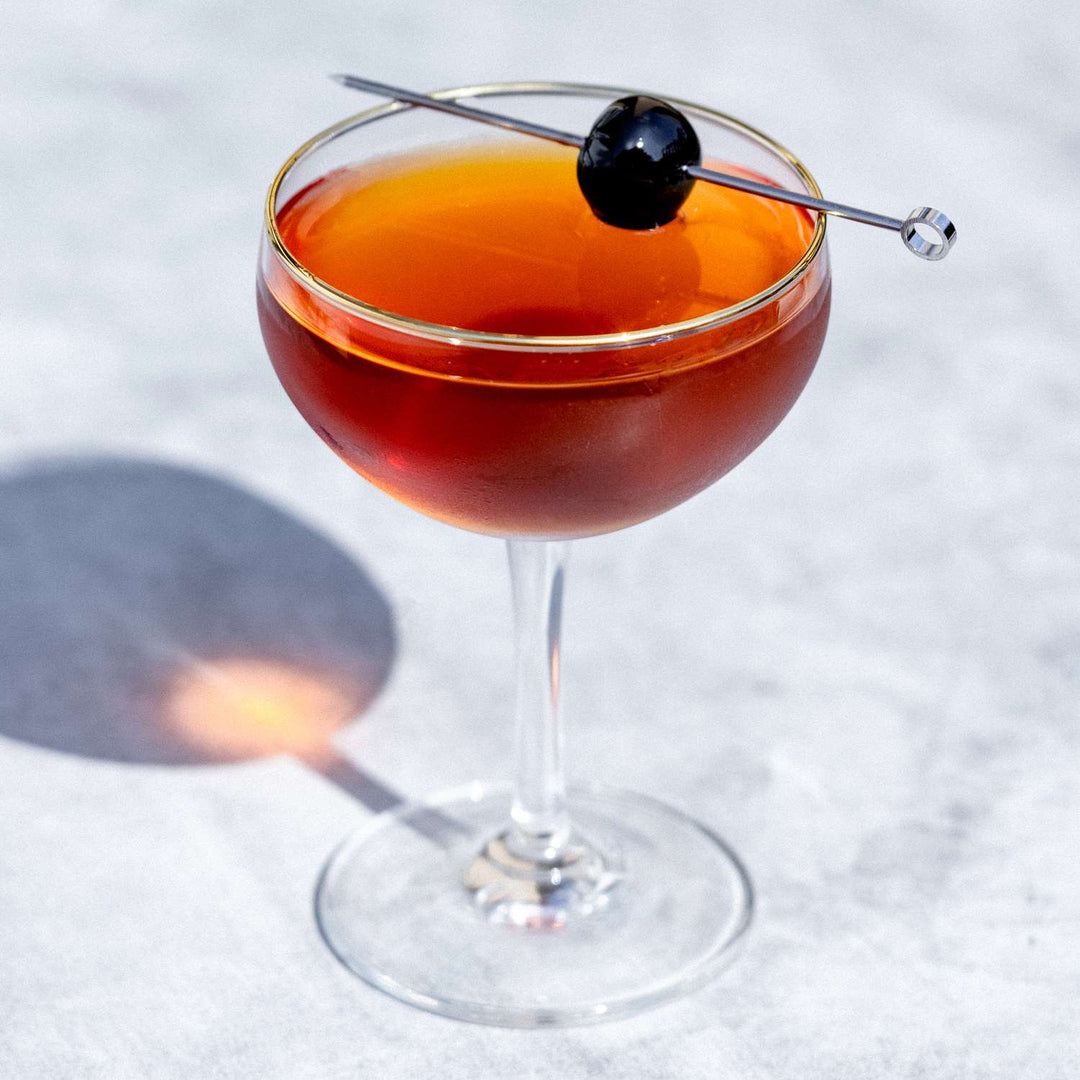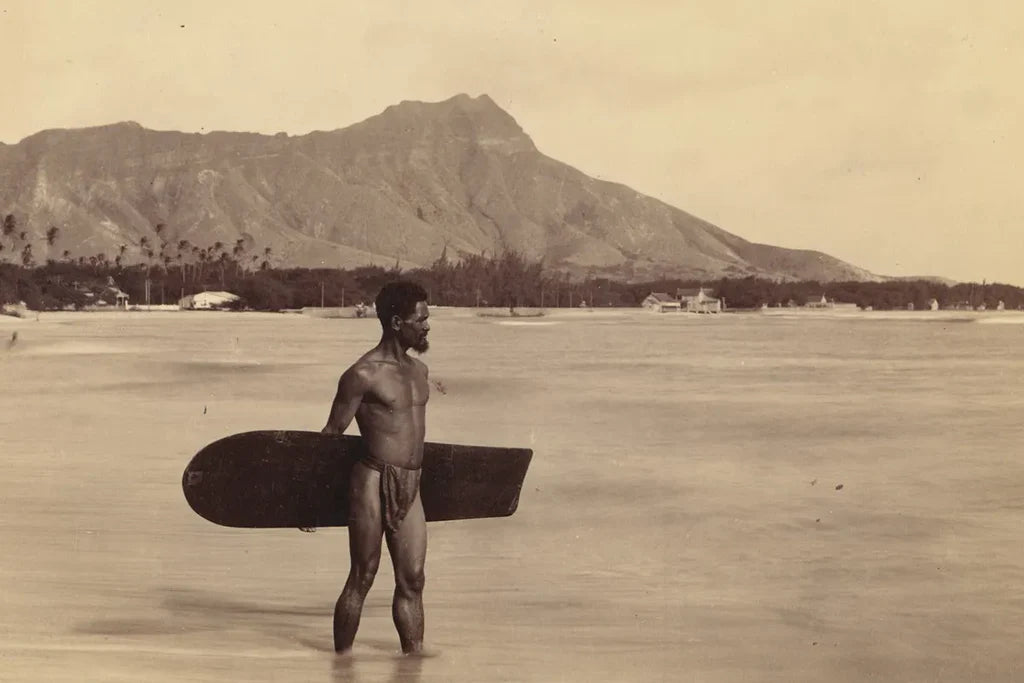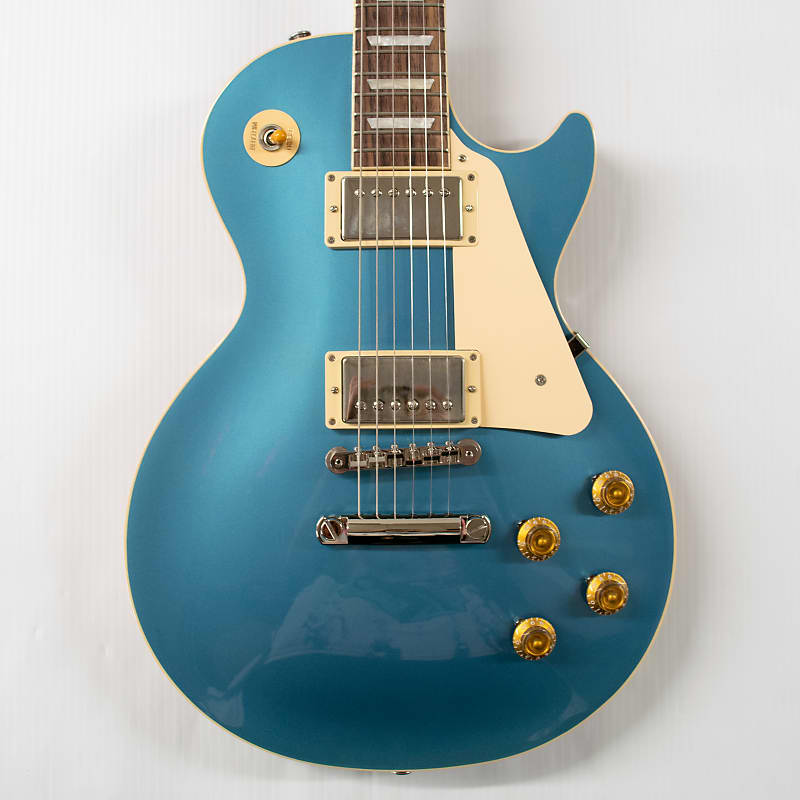The History of Surfing
The Epic Journey of Surfing: A Look Through Time
Surfing is more than just a sport; it’s a way of life, a cultural phenomenon that has captivated hearts and minds across the world for centuries. Its origins are steeped in the ancient traditions of coastal peoples who used the ocean as both sustenance and sanctuary. The history of surfing is rich with cultural significance, technological innovations, and remarkable personalities that shaped what is today a global pastime.
The Early Roots of Surfing in Polynesia
The story of surfing begins deep in the Pacific Ocean, with the Polynesians. Long before explorers and settlers arrived, these seafaring people were not only expert navigators but also had a deep spiritual connection with the ocean. Surfing, or something very close to what we know today, was an integral part of their daily lives. The earliest documented forms of wave-riding date back thousands of years, particularly in places like Hawaii and Tahiti.

In Hawaii, surfing was more than just a leisure activity—it was a reflection of social status. Chiefs, or “ali’i,” demonstrated their skill on the waves to assert their leadership and rank. Commoners also surfed, but it was the aristocracy who rode the longest boards, on the biggest waves, and gained the most prestige. Riding the ocean was a way to commune with the gods, an embodiment of spiritual power known as "mana."

Surfboards of the Ancients
No discussion of the origins of surfing would be complete without a look into the ancient surfboards that first cut through the waves. These early boards were drastically different from the sleek, lightweight designs we see today. In Hawaii, they were crafted from native hardwoods such as koa and wiliwili. The boards could be as long as 20 feet, heavy, and difficult to maneuver, making them a true test of strength and skill.

The surfboards of this era weren’t just functional—they were works of art. Craftsmen, often high-ranking members of society, spent weeks shaping and smoothing the wood, ensuring that the boards were tailored to the rider’s style and stature. These early boards laid the groundwork for what would evolve into the modern surfboard, a key element of the sport’s progression through time.
The Suppression and Revival of Surfing
The 19th century brought sweeping changes to the Hawaiian Islands with the arrival of European missionaries. Their puritanical beliefs clashed with the native Hawaiian traditions, and surfing—along with many other aspects of local culture—was actively discouraged. The missionaries saw the sport as frivolous and immoral, a distraction from their push for “civilized” society.
Surfing began to fade into obscurity as Westernization took hold, but it was never entirely lost. In the early 20th century, a revival sparked by Hawaiian watermen like Duke Kahanamoku breathed new life into the sport. Kahanamoku, an Olympic swimmer, traveled the world demonstrating surfing’s beauty and power, spreading its appeal from Hawaii to places like Australia and California.

Kahanamoku’s influence cannot be overstated—he is often credited with bringing surfing to a global audience. His grace on the waves, coupled with his easygoing Hawaiian spirit, made him a cultural ambassador for the sport. Through his efforts, surfing was reintroduced to the wider world, marking the beginning of its modern era.
Evolution of the Surfboard
As surfing gained traction outside Hawaii, the surfboard itself began to evolve. By the early 20th century, surfers were experimenting with new materials and designs that could make the boards faster and more maneuverable. Redwood and balsa wood became popular alternatives to the traditional hardwoods used in Polynesia. These materials were lighter, allowing for more control on the waves and encouraging more daring maneuvers.

One of the most significant breakthroughs came in the 1940s when fiberglass and foam were introduced into surfboard construction. These innovations revolutionized the sport. Fiberglass allowed for boards that were not only lighter but also more durable and easier to shape into precise, hydrodynamic forms. Foam, meanwhile, provided buoyancy and flexibility, making it easier for surfers to ride waves of all sizes.
By the 1950s and 60s, surfing had grown into a full-blown cultural movement, especially in California. The boards got shorter, faster, and more versatile, reflecting the dynamic styles of riders who pushed the limits of what was possible. Icons like Tom Blake and Hobie Alter were pioneers of surfboard design, helping to craft the boards that defined the “golden age” of surfing. These advancements laid the foundation for what many consider the sport’s global explosion in popularity.

Surfing Goes Mainstream
By the 1960s, surfing had transcended its roots and become a global sensation, largely thanks to movies like Gidget and The Endless Summer, which romanticized the surfer lifestyle. The beaches of California and Australia became hotbeds for a rapidly growing surfing community. This mainstream exposure brought with it a new generation of surfers eager to ride the waves and become a part of the culture.

Simultaneously, the surfboard industry boomed. Manufacturers like Hobie and Greg Noll pushed the boundaries of surfboard design. New shapes, such as the “shortboard,” allowed for more radical surfing styles and tricks. Shortboards were an instant hit, and by the late 60s and early 70s, they had completely transformed the sport.
This era also saw the emergence of surf competitions, with professional surfing leagues taking shape around the world. The competitive nature of these events pushed athletes to innovate, and the surfboard continued to evolve in response to the demands of the sport.

The Modern Surfing Renaissance
As surfing entered the late 20th century, technological advancements continued to shape the sport. Epoxy resin and carbon fiber were introduced to surfboards, further lightening and strengthening them. Modern surfboards are now customized for every type of wave, from massive swells to the smallest ripples, making the sport accessible to surfers of all skill levels.

But despite the technological strides, surfing has never lost its connection to its ancient roots. Today, surfing remains a deeply personal and spiritual experience for many, just as it was for the early Polynesians who first stood on boards. The history of the surfboard is a testament to human ingenuity, evolving from wooden planks carved in the Pacific to the cutting-edge designs we see on beaches worldwide.
The Global Surfing Community
Surfing’s appeal has never been confined to one region. From the tropical waves of Hawaii to the chilly breaks of Northern Europe, surfing has become a universal language that connects people from all walks of life. Today, the global surfing community is thriving, with surfers in virtually every corner of the world sharing their love for the ocean and its waves.

What started as a niche activity for Hawaiian islanders is now a multi-billion-dollar industry, with surfboards being produced and surf competitions held on every continent. Yet, despite its commercial success, surfing has retained its authenticity—a celebration of human connection with nature, the thrill of the ride, and the joy of living in the moment.
Conclusion: A Timeless Tradition
Surfing’s long journey through history has seen it rise from the sacred shores of Polynesia to become a global phenomenon. The history of the surfboard itself mirrors this evolution, from its humble beginnings as hand-carved wooden planks to the sleek, high-performance boards of today. Each wave tells a story, and every surfboard is a reminder of the innovation and spirit that keep this timeless tradition alive.
Surfing has become more than a sport—it’s a way of life that inspires countless people across the globe to experience the ocean’s beauty, challenges, and endless possibilities. The ocean continues to be the ultimate playground, and the surfboard remains the instrument that allows riders to connect with it in the most exhilarating way possible.
The Surfboard Patent
The Surfboard patent by John M. Kelly, Jr. was filed in 1965 and granted in 1966 and outlines an innovative surfboard design that incorporates concave or slotted areas on the underside of the nose and midsection of the board. These features are designed to trap water, generating lift and preventing the board from nose-diving during maneuvers. This design made it easier for surfers to maintain stability and ride waves in a wider range of conditions, especially while nose-riding, a popular surfing technique. Kelly’s invention significantly influenced the evolution of surfboard design, enhancing maneuverability and speed, and remains a fundamental contribution to modern surfboard technology.





